Dividing Lily Of The Valley: When To Split Lily Of The Valley Plants
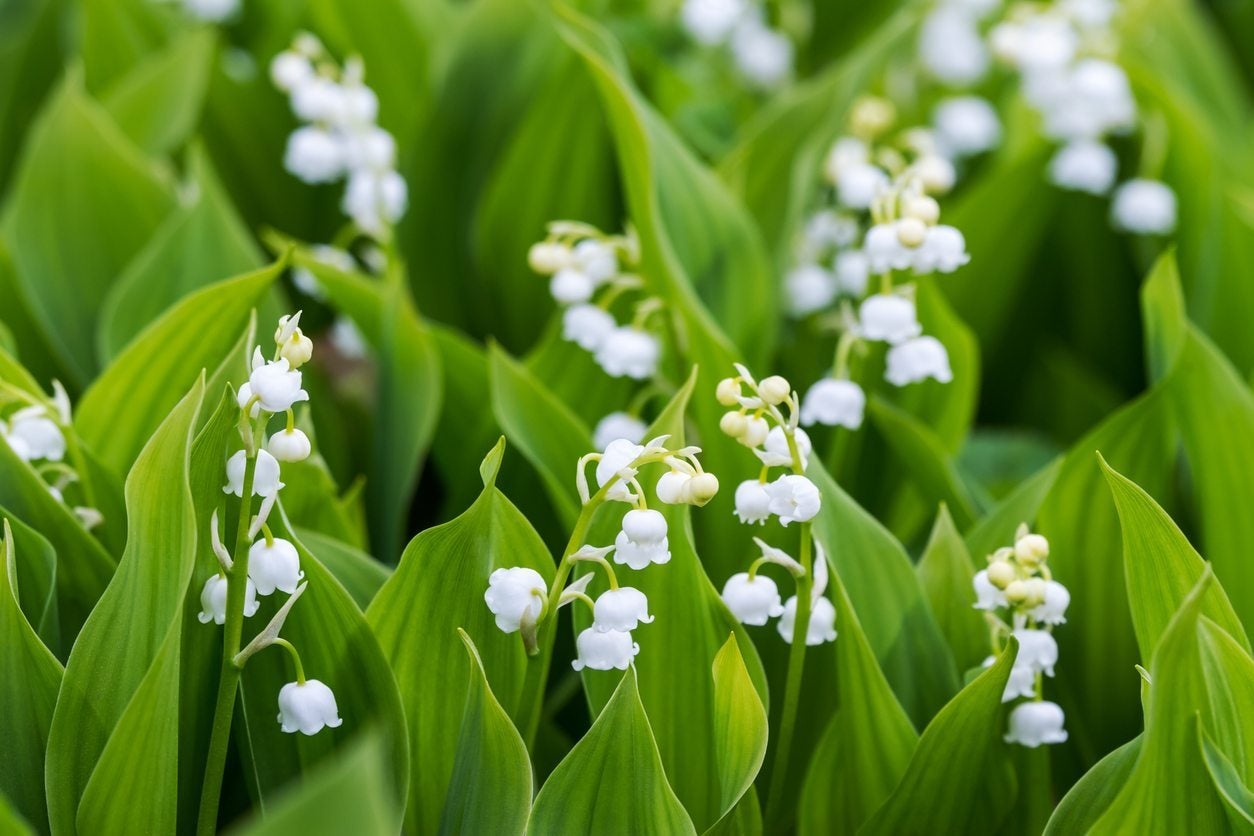

Lily of the valley is a spring-flowering bulb that produces dainty little bell-shaped flowers with a heady, sweet fragrance. Although lily of the valley is extremely easy to grow (and may even become aggressive), occasional division is necessary to prevent the plant from becoming unhealthy and overcrowded. Dividing lily of the valley is simple, doesn’t take a lot of time, and the payoff is a more attractive plant with large, healthy blooms. Read on to learn how to divide a lily of the valley.
When to Split Lily of the Valley
The optimum time for lily of the valley division is when the plant is dormant in spring or fall. Separating lily of the valleys after flowering ensures the plant’s energy is available for creation of roots and leaves. Divide lily of the valley four to six weeks before the first average hard freeze date in your area. This way, there is ample time for healthy root development before the ground freezes.
How to Divide a Lily of the Valley
Water the plants a day or two ahead of time. Trim taller leaves and stalks down to about 5 or 6 inches (12-15 cm.). Then, dig the rhizomes (also known as pips) with a trowel, spade, or garden fork. Dig carefully about 6 to 8 inches (15-20 cm.) around the clump to avoid cutting into the bulbs. Lift the bulbs carefully from the ground. Pull the pips apart gently with your hands or divide them with a trowel or other sharp garden tool. If necessary, snip through tangled roots with garden shears. Discard any pips that appear soft, rotten, or unhealthy. Plant the divided pips immediately into a shady spot where the soil has been amended with compost or well-rotted manure. Allow 4 or 5 inches (10-13 cm.) between each pip. If you are planting an entire clump, allow 1 to 2 feet (31-61 cm.). Water well until the area is evenly moist but not saturated.
Gardening tips, videos, info and more delivered right to your inbox!
Sign up for the Gardening Know How newsletter today and receive a free copy of our e-book "How to Grow Delicious Tomatoes".

A Credentialed Garden Writer, Mary H. Dyer was with Gardening Know How in the very beginning, publishing articles as early as 2007.
-
 Moody Blooms For Spring: 8 Types Of Black Flowers To Add Drama To Spring Displays
Moody Blooms For Spring: 8 Types Of Black Flowers To Add Drama To Spring DisplaysFrom midnight burgundies to inky violets, several types of black flowers can enrich and embolden a spring display. Try these brooding bloomers for a moody garden
By Tonya Barnett
-
 Can Snake Plants Live Outside? Everything You Need To Know For Snake Plants Al Fresco
Can Snake Plants Live Outside? Everything You Need To Know For Snake Plants Al FrescoSnake plants can live outside given the right conditions, but be careful that they don't take over! Learn the best way to use snake plants in your landscape.
By Mary Ellen Ellis
-
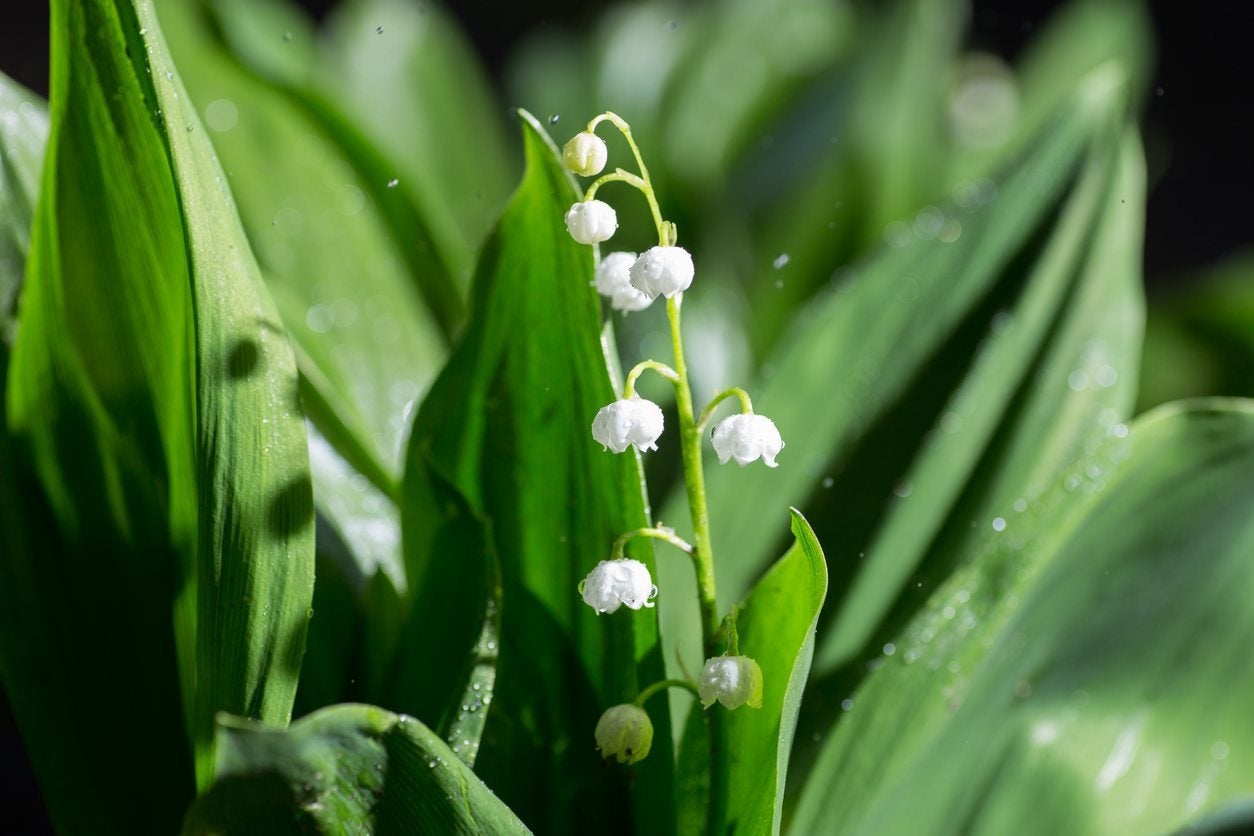 Treating Diseased Lily Of The Valley Plants – Symptoms Of Lily Of The Valley Disease
Treating Diseased Lily Of The Valley Plants – Symptoms Of Lily Of The Valley DiseaseThere are some plants that it almost breaks your heart to see sick. Lily of the valley is one of those plants and one that's worth trying to save, when you can. Click here to learn how to treat sick lily of the valley, as well as ways to keep your plants healthier.
By Kristi Waterworth
-
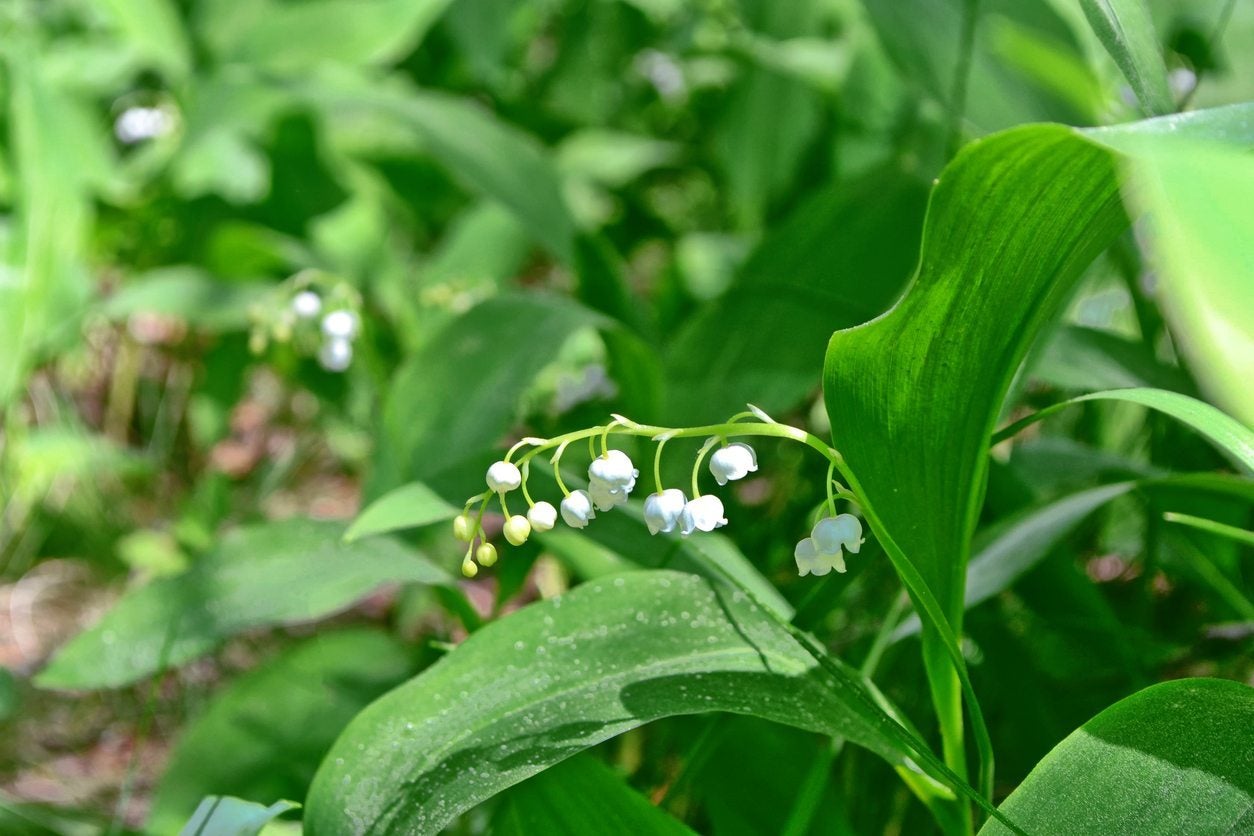 Lily Of The Valley Has Yellow Leaves – Reasons For Yellow Lily Of The Valley Leaves
Lily Of The Valley Has Yellow Leaves – Reasons For Yellow Lily Of The Valley LeavesLily of the valley is known for its sweet fragrance and delicate white nodding flowers. When those two things are accompanied with yellow foliage, it's time to dig a little deeper to figure out what's wrong. Learn more about yellowing lily of the valley in this article.
By Kristi Waterworth
-
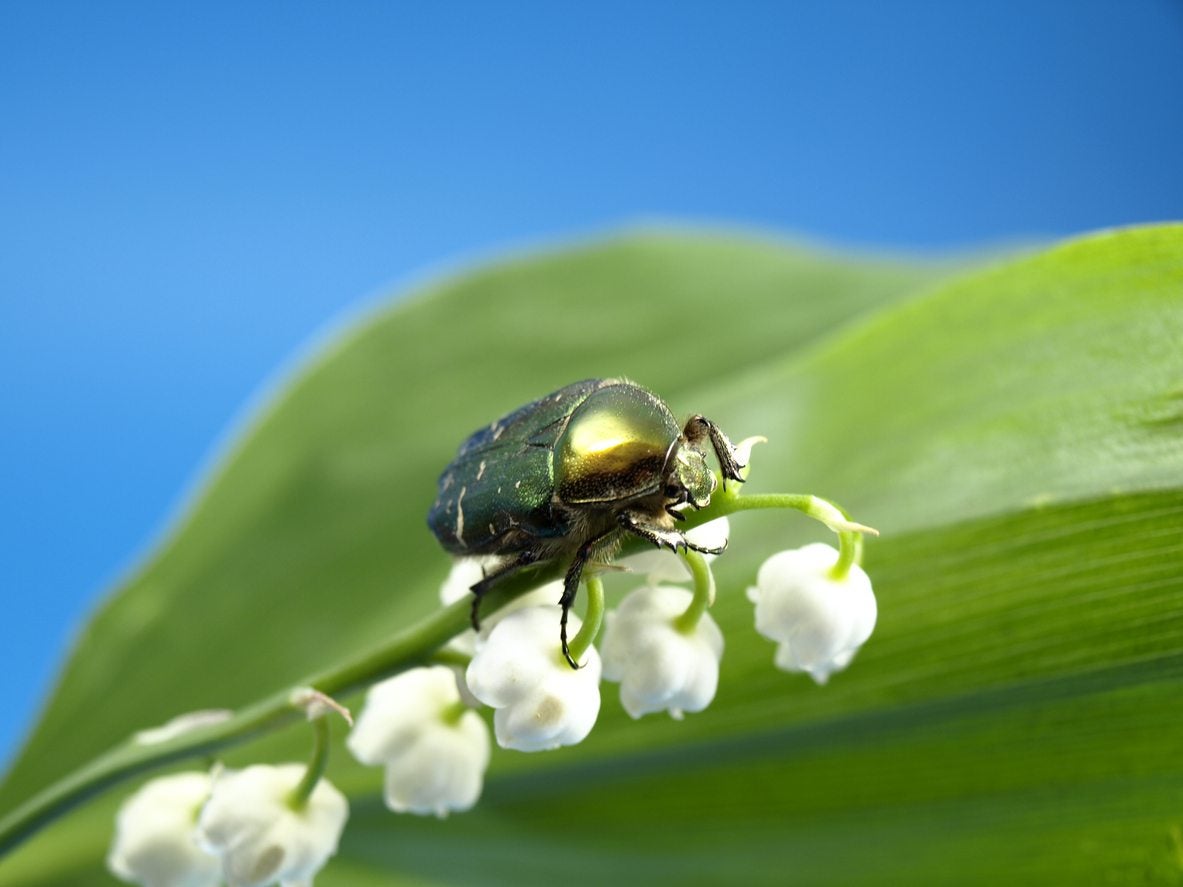 Pests On Lily Of The Valley : Bugs And Animals That Eat Lily Of The Valley Plants
Pests On Lily Of The Valley : Bugs And Animals That Eat Lily Of The Valley PlantsThere are few disease issues or lily of the valley pests. These are easily managed provided you know what you are looking for and how to treat the problem. Learn what pests on lily of the valley might be of concern, and how to identify and combat them in this article.
By Bonnie L. Grant
-
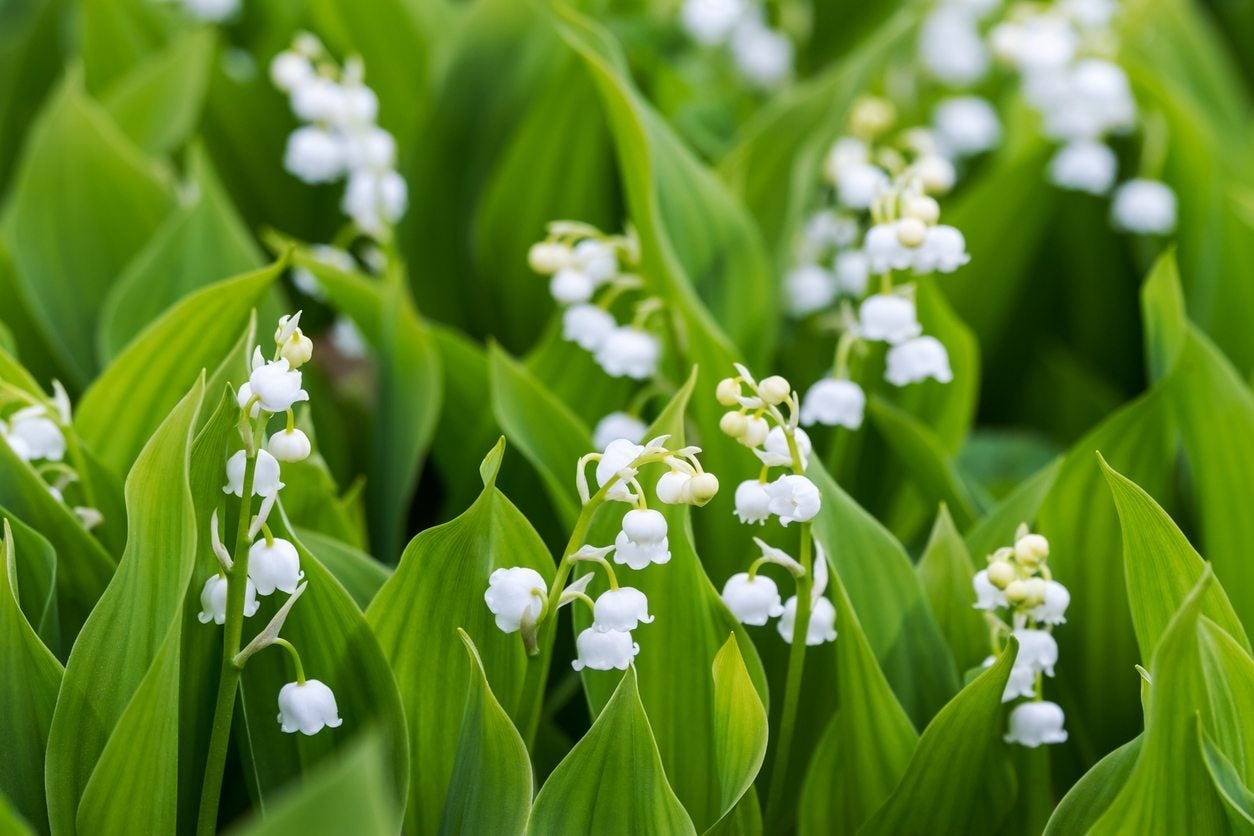 Moving Lily Of The Valley Plants: When To Transplant Lily Of The Valley
Moving Lily Of The Valley Plants: When To Transplant Lily Of The ValleyA rapid spreader, people find themselves moving lily of the valley all the time with no ill effects to the plant. That said, if you?re new to growing this specimen, click on the following article to find out when and how to transplant lily of the valley.
By Amy Grant
-
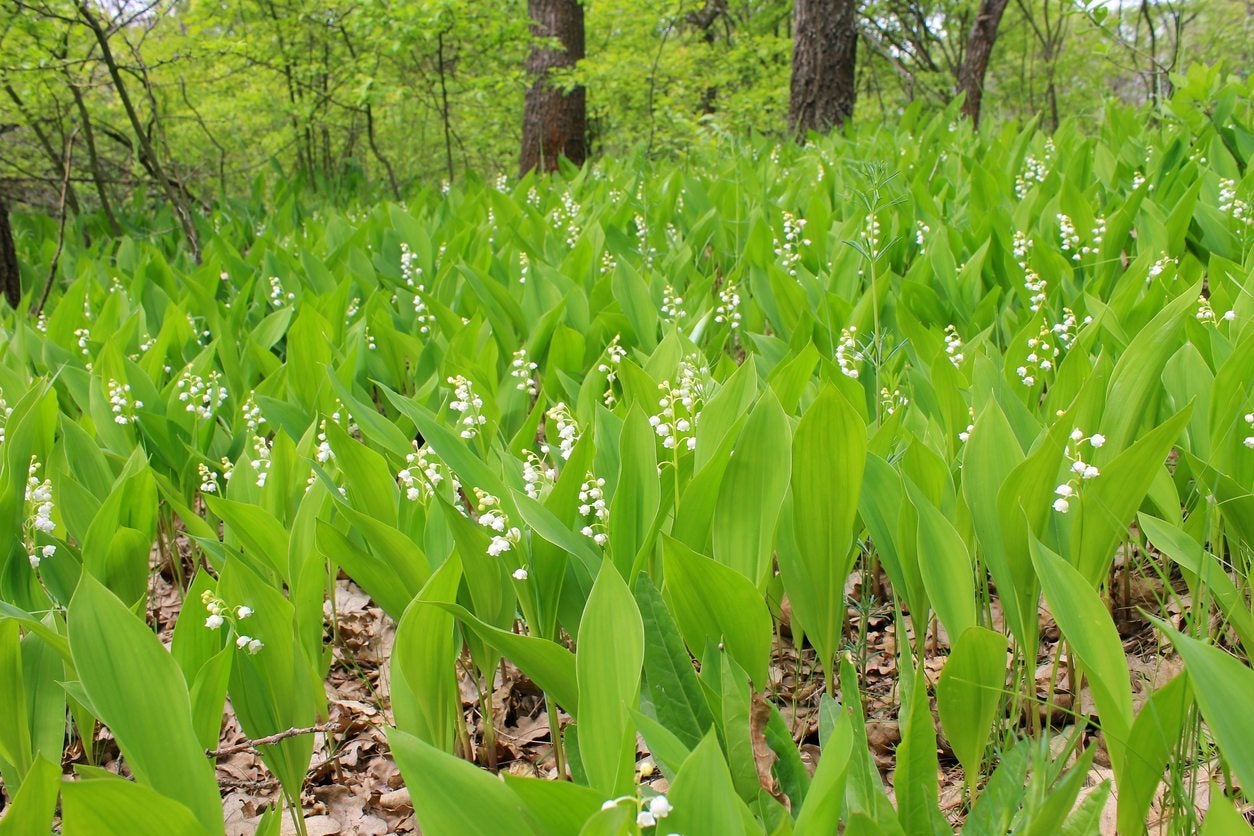 How Invasive Is Lily Of the Valley: Should I Plant Lily Of The Valley Ground Cover
How Invasive Is Lily Of the Valley: Should I Plant Lily Of The Valley Ground CoverIs lily of the valley invasive? Lily of the valley is a perennial plant that grows from stem-like underground rhizomes that spread horizontally, often with amazing speed. It also reproduces from seeds. Exactly how invasive is lily of the valley anyway? Find out here.
By Mary H. Dyer
-
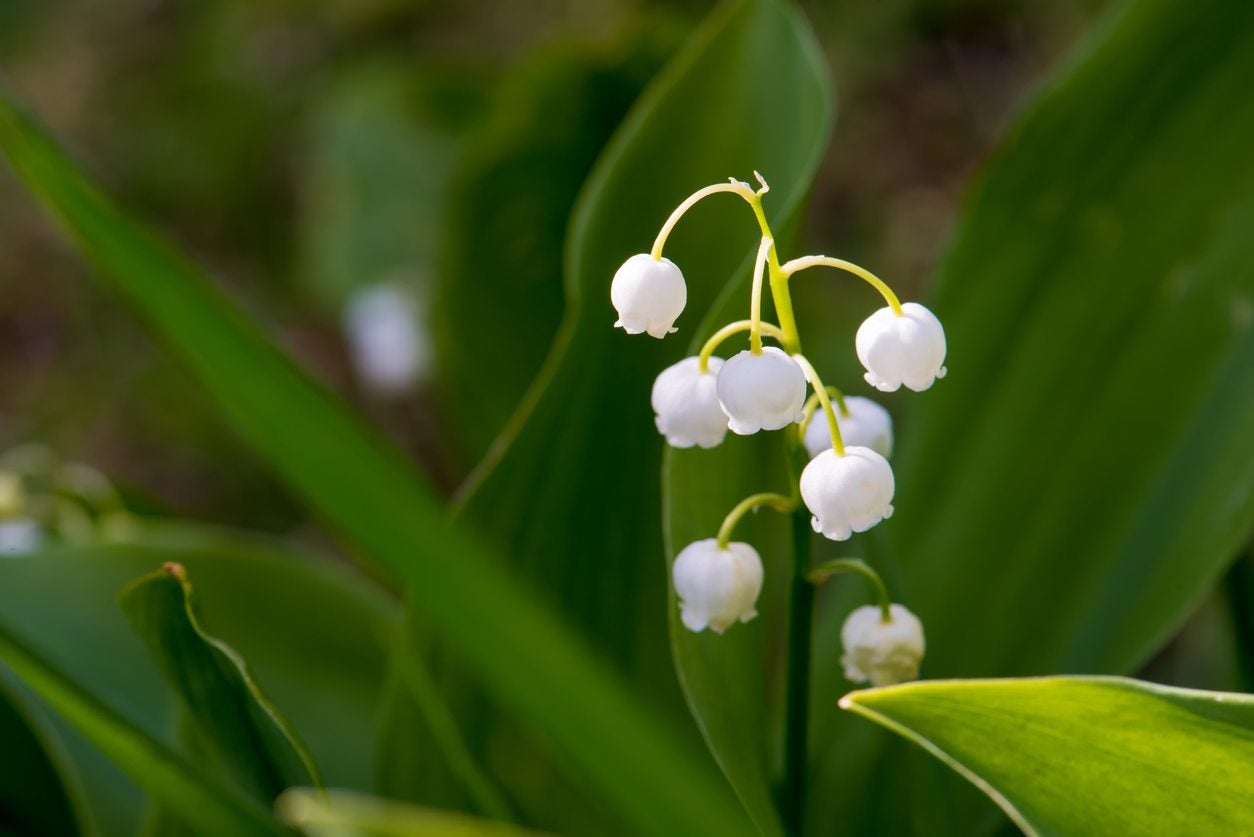 Is Lily Of The Valley Poisonous : Understanding Lily Of The Valley Toxicity
Is Lily Of The Valley Poisonous : Understanding Lily Of The Valley ToxicityIs lily of the valley safe for gardens? Lily of the valley toxicity makes it unsafe to have around children and pets. The plant is so dangerous that ingestion could result in a trip to the emergency room, or in rare cases death. Learn more in this article.
By Bonnie L. Grant
-
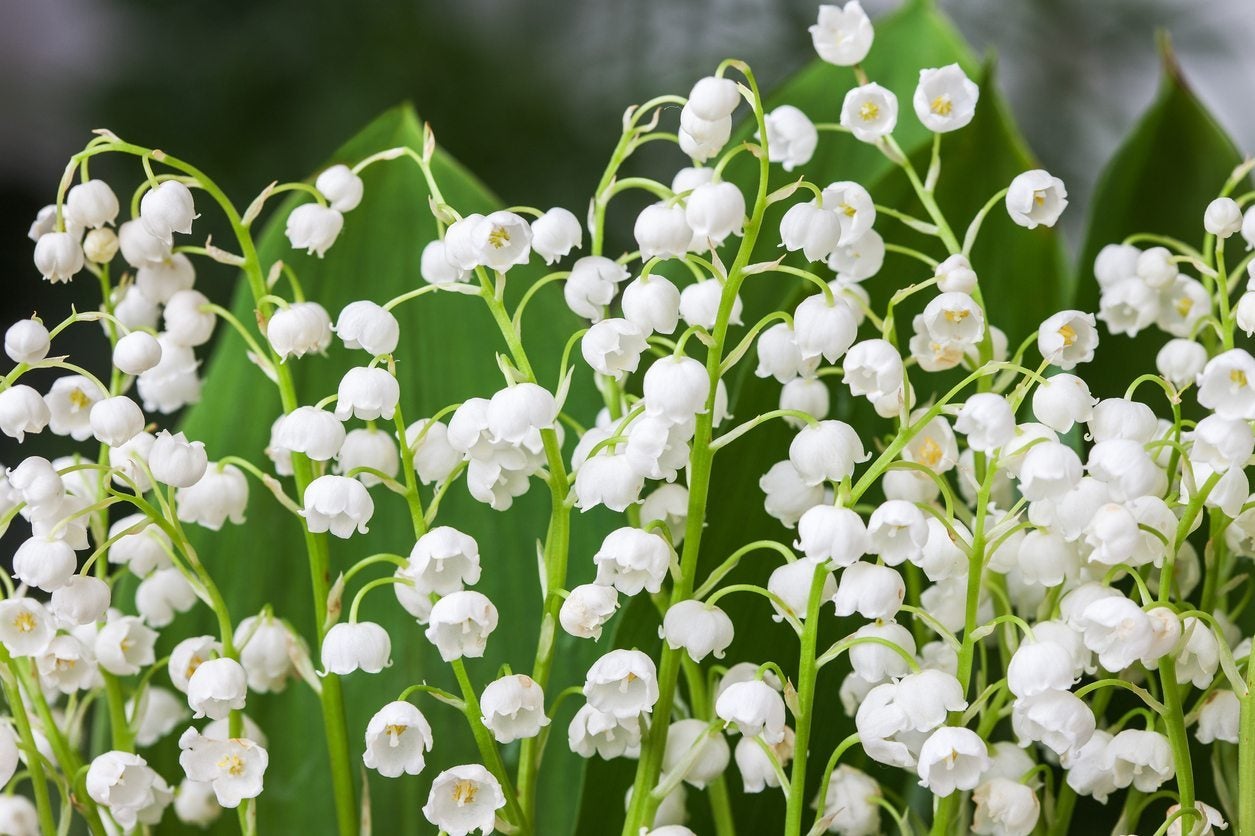 Lily Of The Valley Varieties – Growing Different Types Of Lily Of The Valley Plants
Lily Of The Valley Varieties – Growing Different Types Of Lily Of The Valley PlantsLily of the valley plants produce a delicate, fragrant flower that is unmistakable and a great addition to the garden. But what kind of selection is out there? Learn more about the different lily of the valley plant types in this article.
By Liz Baessler
-
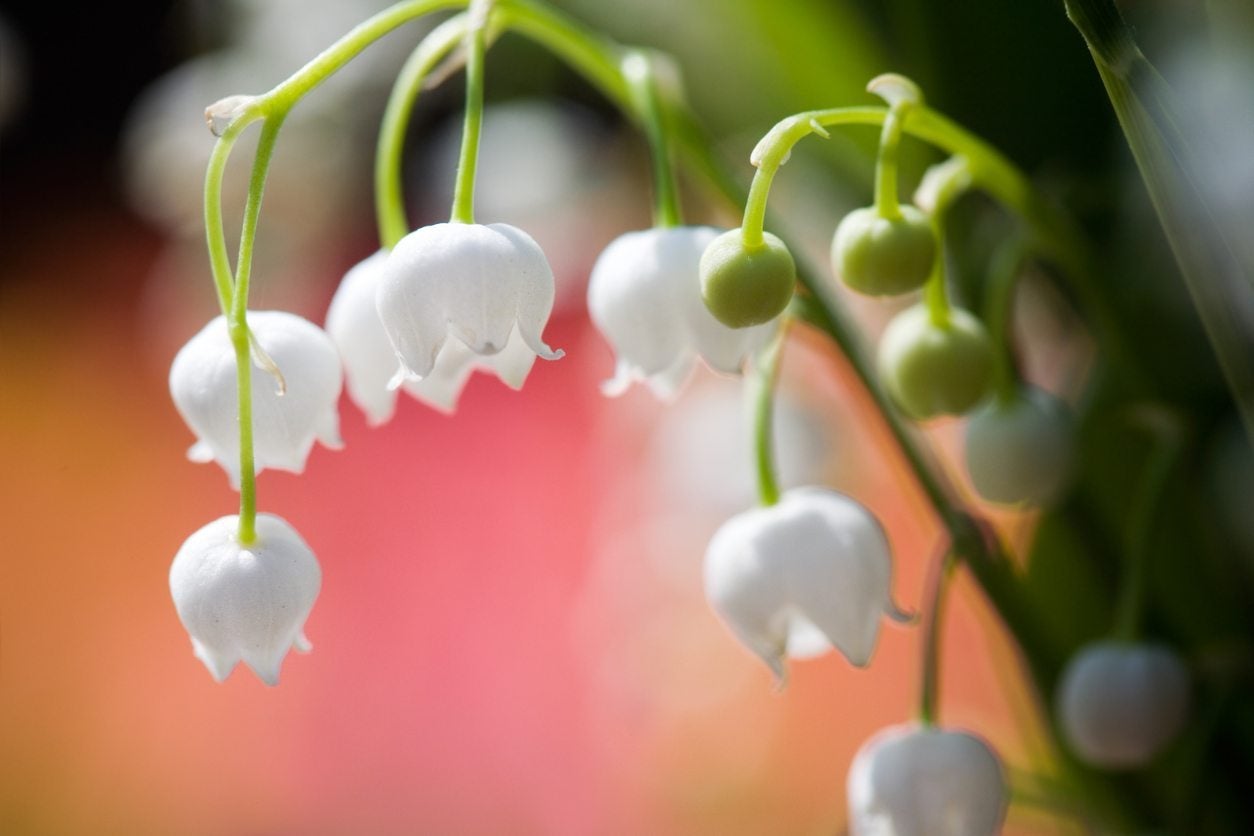 Lily Of The Valley Won’t Bloom: Why Is My Lily Of The Valley Not Blooming
Lily Of The Valley Won’t Bloom: Why Is My Lily Of The Valley Not BloomingLily of the valley is a delightful spring bloom with tiny, bell-shaped white flowers. It does well in shadier areas of the garden and can even be a pretty ground cover, but when your lily of the valley isn?t blossoming, all you have is a lot of greenery. Find out how to fix that here.
By Mary Ellen Ellis